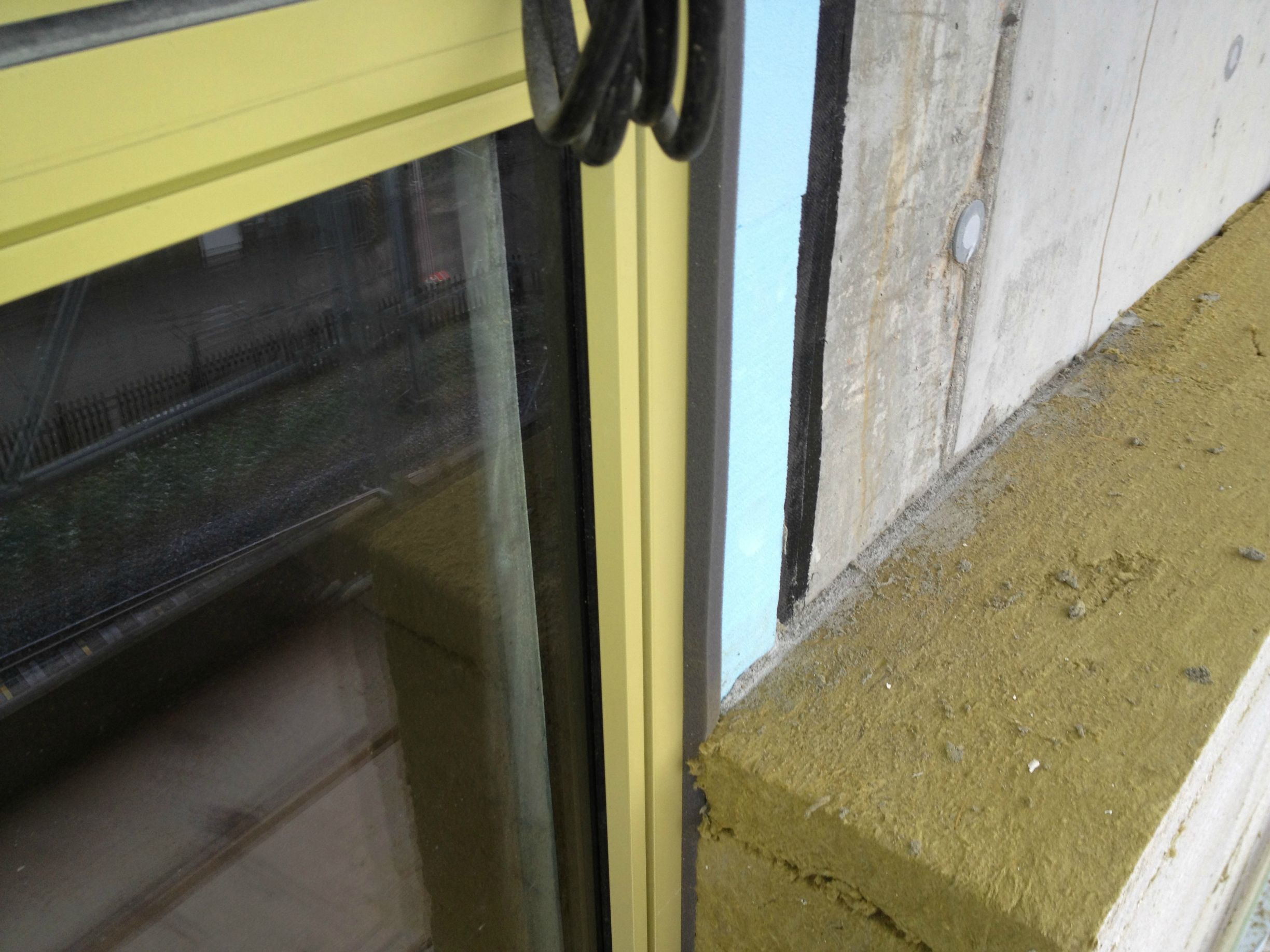Saving energy in the pre-existing wineries
Wineries are often occupying pre-existing buildings and rooms so they may not be fit for being efficient nor renovation is easy. Nevertheless, rooms and buildings can be easily fixed and easy solutions can be found to minimize the energy loss.
Here are some examples:
1) Change pumps and old machineries, especially in the case of engines, it could be feasible to use high efficiency ones or to use them at full load (they use less energy).
2) Insulate pipes and valves that connect the boiler and the refrigeration unit so that energy doesn’t get dissipated through.
3) Change lightbulbs with LEDs (Light Emitting Diodes) since they use up to 73% less energy.
4) Place in the rooftop or nearby the wineries, some solar panels or heat tanks so that energy can be stored up and used when needed. This solution is strongly suggested since, as we have seen, a lot of energy is needed during the harvest time which is happening right after summer, which is a moment of the year when electrical energy harvest is at the top.

5) Place inverters or speed variation devices on plants and pumps. they can determine and regulate the fluxes on the engines according to the energetic need. This kind of system can be applied to all the plants having a variable load work.
6) Change the boiler (having a yield of 50 to 70%) to a machinery to re-cup the heat or a condenser that have a yield of at least 98%.
7) If possible, place some doors to separate rooms having different temperatures (storage rooms, offices, fining areas). The different temperature can be kept with coolers too.
8) Provide, if possible, a coasting to the building so that dermal shock is prevented.

9) Provide simple covers to vinifiers if they are placed outdoors.
Energy saving in the wineries to be or in need of requalification
When it comes to wineries that are to be projected, initial investments may be consistent so that further management costs will be reduced. Just like in the case of already existing wineries, all the above points are valid but some may be added:
1) Plan to place some areas below ground. This applies to areas that need stable low temperatures and high humidity (like the fining in the wood).

2) If possible, set a plant that uses gravity as much as possible so that pumps will not be abused. This could be done by downloading grapes from above to process them further down till the placement of the wood barrels under ground, on the same line of the bottling.
3) Thermal insulation for all the areas.
4) Plan ventilation systems with heat pumps to manage the temperature.

5) Use, if possible, geothermal energy to regulate the temperature.
6) Install in the winery or in additional areas like offices and storage rooms, “smart systems” which are integrated domotic systems that can regulate consumption according to the need. This is a highly efficient system whose value is seen throughout time and is particularly helpful in the case of avant-guard wineries.
7) Avoid to place the wine-making area in a particularly sun-hit area or an area away from the boiler or the refrigeration unit as there will be a high dispersion.
